Unit 6 part 1
التفريغ النصي
اخفاء التفريغToday we will talk about the types and methods of knowledge. While some of the objectives require cognitive learning, others involve the skills learning. As we discussed before and it has long been recognized that these different types of learning require different types of instructional and assessment methods. Students can learn the theoretical concepts about any topic, yet they will not be able to apply it practically, until they will be involved in hands on training. Let us take an example. Students can learn the verbal description for Metro Valve Prolapse. Yet they will not be able to identify it by sound, until they will listen to the sound paired with the waveform from an ECG. In this series we talk about two frameworks concerning about the learning and levels of knowledge. At the beginning we will summarize the Millers pyramid, then we will talk in detail about the bloom's taxonomy. Miller's 1990 pyramid is one of the popular frameworks for organizing types of learning. It has four levels, starting with knows, followed by knows-How, then Chose-How and finally Does. The base of the pyramid consists of the conceptual knowledge. While the second level describes the ability to apply that knowledge in some context to solve a problem. The third level requires a student to explain how they would perform a task or to demonstrate that behavior in a simulated or practiced situation. And finally, the fourth level, which refers to performance in a routine practice. And again, let us take an example. The students in knows-How level will be able to describe the maneuver to differentiate our tic stenosis from the hypertrophic cardiomyopathy. While in the Does level, the student will be able to apply the form of the maneuver to differentiate our tic stenosis from the hypertrophic cardiomyopathy. Now we will talk about competency evaluation. In the knows level, we want to evaluate the ability of students of facts gathering. Throw traditionally true and false questions and multiple-choice questions. Then in the Knows-How level, we need to evaluate students' ability of interpretation and application. Through case presentations, he says, and extended matching type of multiple-choice questions. In the third level of shows how students need to demonstrate the learning. It's role, or skis, and simulations. And in the fourth level of Does, performance should be integrated into practice. This can be done in workplace-based assessment. First, two levels of the pyramid, Knows-How, concentrates on the cognition, while the behavioral objectives fill in Show's How and Does.
محتوى البرنامج
- Pre-test image
- Pre-test
أنت على وشك بدء الاختبار. Pre-test
فور بدء الاختبار سوف تحسب لك محاولة جديدة لأخذ الاختبار
- Post-test image
- Post-test
أنت على وشك بدء الاختبار. Post-test
فور بدء الاختبار سوف تحسب لك محاولة جديدة لأخذ الاختبار
